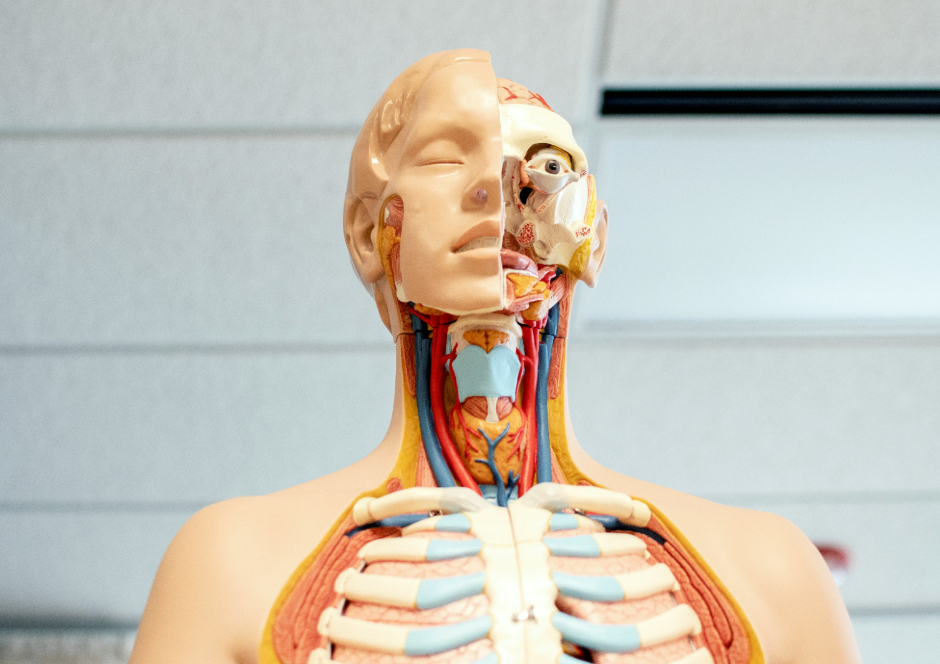An afferent pupillary defect (APD), also known as a Marcus Gunn pupil, indicates a problem with the light-sensing pathway (retina and optic nerve). An efferent pupillary defect, on the other hand, points to issues with the motor pathway that controls pupil constriction and dilation (ciliary ganglion, oculomotor nerve).
Here’s a more detailed breakdown:
Afferent Pupillary Defect (APD):
What it is:
A defect in the afferent pathway, meaning a problem with the sensory part of the pupillary light reflex.
Mechanism:
The light entering the eye with the defect is not perceived normally by the brain, leading to a diminished or absent pupillary constriction.
Causes:
Optic nerve damage, severe retinal disease, or damage to the optic pathway before it reaches the midbrain.
Swinging flashlight test:
A light shone into the eye with the APD will cause a dilation of the pupil when the light is moved to the healthy eye.
Other names:
Marcus Gunn pupil.
Efferent Pupillary Defect:
What it is:
A defect in the efferent pathway, meaning a problem with the motor part of the pupillary light reflex.
Mechanism:
The brain’s signal to constrict the pupil is not being delivered properly, leading to a dilated pupil that does not constrict to light.
Causes:
Damage to the ciliary ganglion, oculomotor nerve (cranial nerve III), or the iris muscles that control pupil size.
Presentation:
Anisocoria (unequal pupil size), impaired pupillary light reaction, and potentially mydriasis (dilation).
Examples:
Third nerve palsy, damage to the ciliary ganglion, or issues with the iris muscles.

afferent pupillary defect
An afferent pupillary defect (APD), also known as a Marcus Gunn pupil, indicates a problem with the light-sensing pathway (retina and optic nerve). An efferent pupillary defect, on the other hand, points to issues with the motor pathway that controls pupil constriction and dilation (ciliary ganglion, oculomotor nerve).Here’s a more detailed breakdown:Afferent Pupillary Defect (APD):What…

Leave a Reply